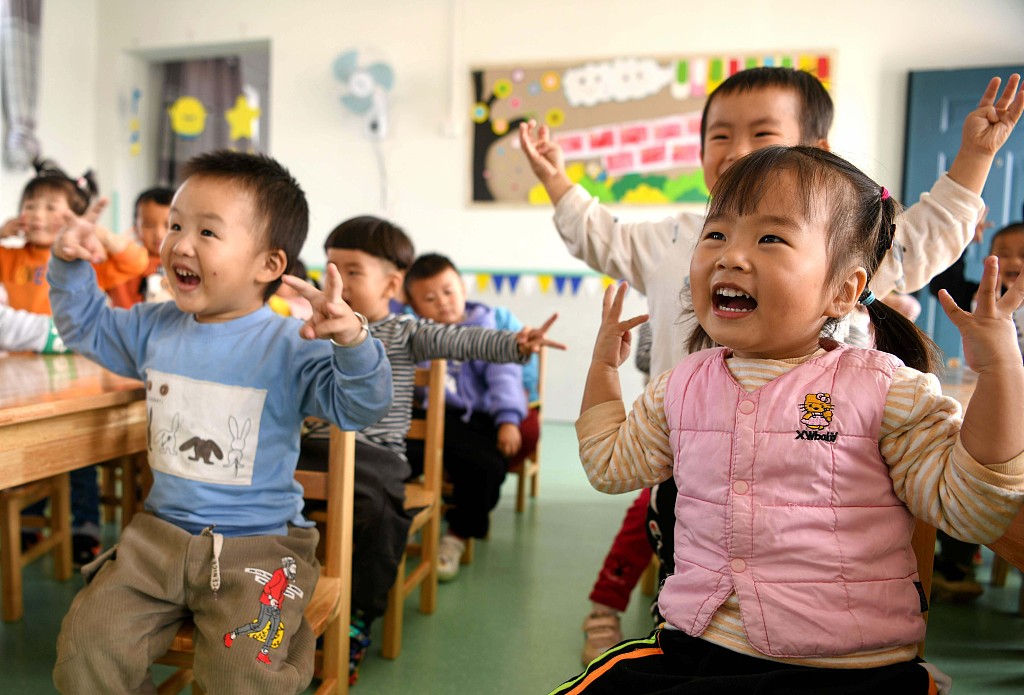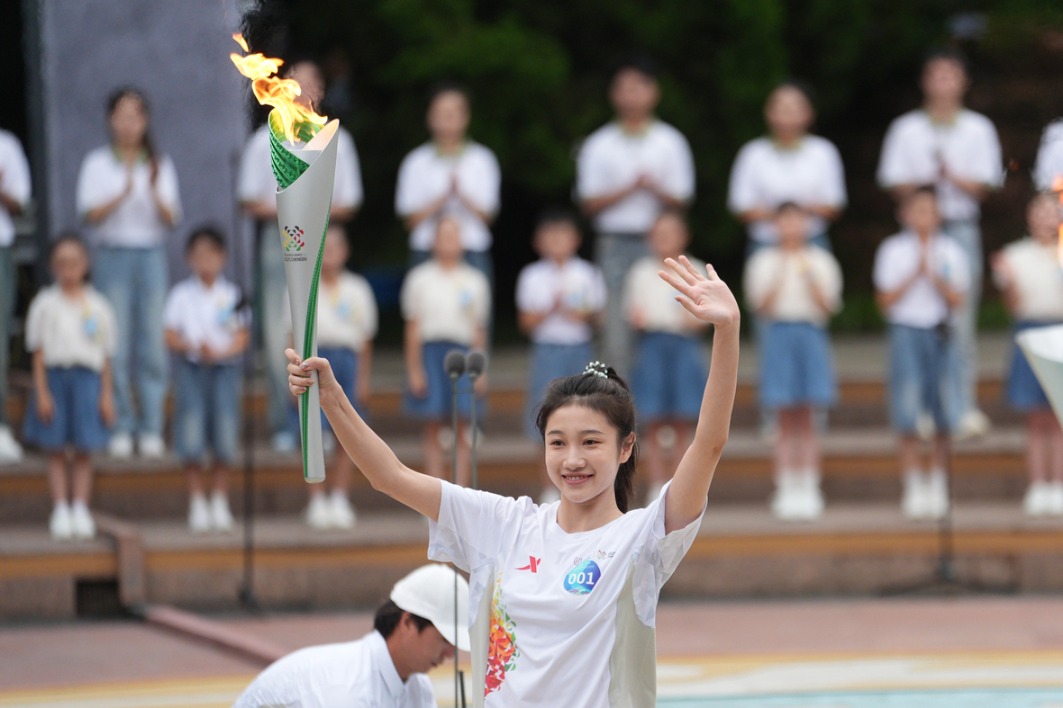An education policy that could make a difference


Kids' educational test scores are a major cause for concern across the world. Learning plummeted nearly everywhere during the COVID-19 pandemic — but even before that, standardized test result measures in mathematics, science and reading were heading in the wrong direction.
Education truly unites parents across the world, although the level of challenge differs, with American and rich world results stagnating at relatively high levels, whereas children in the world's poorer half struggle to read simple sentences or do basic math.
But after years of experience, it has become clear which policies don't work at all — even if they have loud backers. Increasing per pupil spending is a no-brainer, but it can deliver little or no learning at all if the money isn't used wisely. India showed this when it increased spending per primary school pupil by 71 percent over seven years, but reading and math test scores still declined sharply.
The go-to policy for many teacher unions and politicians is making classes smaller. This sounds like it should make a big difference: teachers can devote more time to students' individual needs. But an analysis shows that reducing class sizes is one of the least cost-effective ways to improve student learning. A 2018 review of 148 reports from 41 countries found smaller classes had "at best a small" effect on reading proficiency and no effect on math.
Raising teachers' salaries is another favored approach. But even dramatically increasing teachers' salaries can have little effect on learning. Indonesia embraced all these popular policies at once: it doubled education spending to achieve one of the lowest class sizes in the world while doubling teachers pay — yet another landmark randomized controlled study showed "no improvement in student learning".
The awkward truth is that the commonly promoted approaches — increasing teachers' salaries, lowering class sizes and building more schools — are costly and do little or nothing for learning.
But there is a promising policy, which comes from an unexpected place. Malawi — one of the poorest countries in the world — has suffered from overcrowded classrooms, lack of learning materials and a shortage of trained teachers. It is not somewhere we might expect to find innovative solutions. Yet it is now embracing an educational policy that raises hope in turning things around — and is even being scaled and adapted elsewhere.
When my think tank, Copenhagen Consensus Center, and the Malawian National Planning Commission joined forces to identify the most powerful, cost-effective policies to boost Malawi's well-being and growth, one educational policy emerged above all others.
"Technology assisted learning" sounds deceptively basic. But it solves an often intractable problem. Almost universally, schools put all nine-year-olds in one grade, 10-year-olds in another, and so on. But many of the children in each class are either far behind or far ahead. Kids in Malawi now spend one hour a day using personalized, adaptive software on a tablet. It first identifies which stage of learning each child is at, and then teaches reading, writing and numeracy at his or her exact level.
Teachers describe how amazed they were to start using the software, and discover that their entire classroom of kids would become fully engaged. Children have described the relief of not having to worry about being embarrassed after getting a wrong answer in front of their peers, or being forced to compete for time with the teacher.
The policy is incredibly cheap, costing as little as $15 per pupil per year in Malawi, partly because using the tablet for just one hour a day means it can be shared among many students. Extensive studies show that spending just one hour a day for one year can deliver an astonishing three years of normal learning.
Greater learning translates eventually into more skilled adults who will be more productive in the workforce and command a higher wage. Using standard economic estimates, this will mean that one year of kids spending one hour a day on a tablet will command a lifetime income increase of roughly $16,000. Given that most of this income will arrive decades into the future, the present-day value of that benefit is some $1,575. That is a phenomenal 106-fold return on a $15 investment.
Malawi is in the process of extending the policy to all its 6,000 primary schools, and encouragingly costs are proving to be even lower, making the policy even better. Currently, almost 300,000 children work at a tablet one hour a day, with the goal to reach all 3.8 million children in grades 1-4 by the end of this decade.
Already, Sierra Leone and Tanzania are starting to work on implementing the same approach. The determination of Malawi shows how the entire poorer half of the world could improve learning for nearly half a billion primary school children.
Our analysis shows that across the poorer half of the world, educational investment of $10 billion in delivering this approach would deliver more than $600 billion in benefits annually, boosting future productivity. This approach could also be useful in rich countries, with early evidence from trials in the United Kingdom looking promising.
Parents around the world are desperate for policies and approaches that could turn around poor test scores and ensure that their kids are better equipped for the challenges of tomorrow. Tablets to teach at each student's own level offer a powerful way forward.
The author is president of the Copenhagen Consensus. His new book Best Things First was named by The Economist as one of the best books of 2023. The views don't necessarily reflect those of China Daily.
If you have a specific expertise, or would like to share your thought about our stories, then send us your writings at opinion@chinadaily.com.cn, and comment@chinadaily.com.cn.































